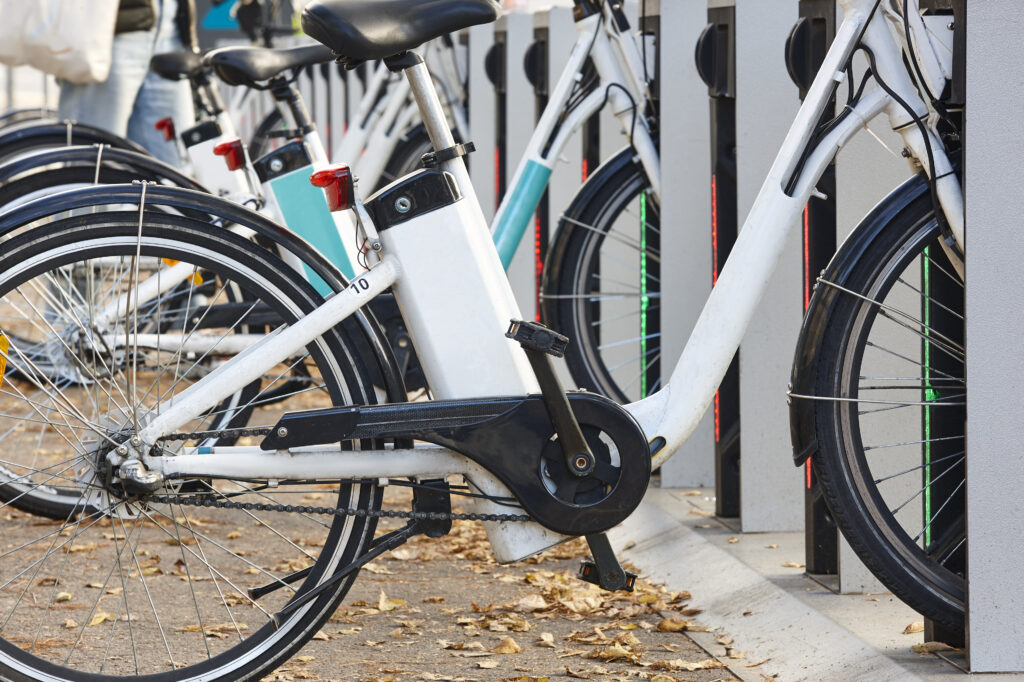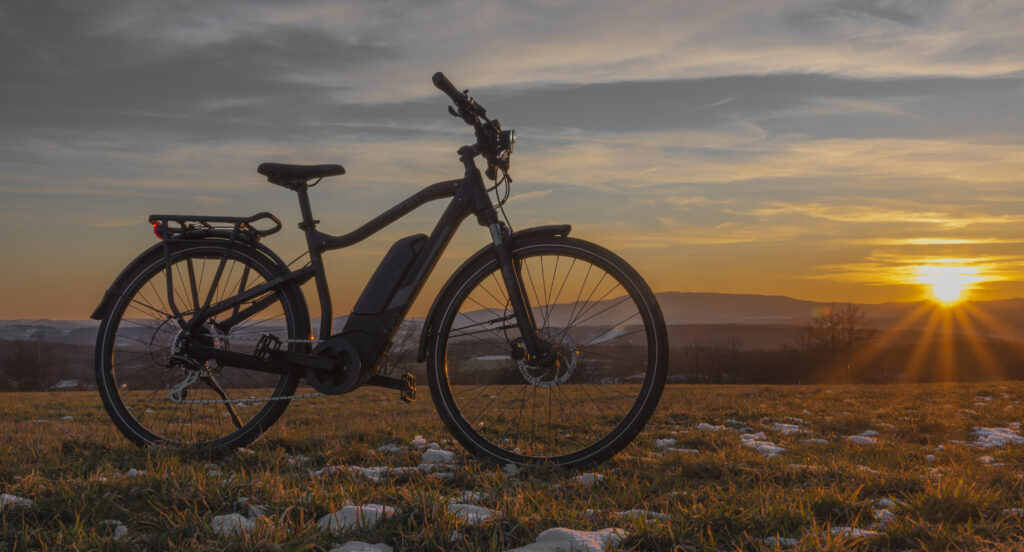
Electric bicycles are different from traditional bikes because they don’t rely solely on human power. E-bikes have an electric motor that provides pedal assistance to the rider. E-bikes are compact, convenient, and a more affordable option than an electric vehicle. The demand for electric bikes has grown at a rapid rate across the United States and shows no signs of slowing down. The US imported over 1 million electric bicycles in 2022. California has some of the best recreational trails, beautiful landscapes, and diverse terrains, making it a great destination for e-bike enthusiasts. However, operating motorized bicycles requires a solid understanding of the California e-bike laws, especially regarding where you can ride.
The Classes of E-Bikes in California
California classifies e-bikes into three distinct classes, each with its own set of specifications and regulations. Understanding these classes can help e-bike riders to choose the right type of e-bike for their needs.
Class 1 E-Bike:
- Speed pedal-assisted electric bike, with no throttle.
- A Class 1 pedal-assisted electric bicycle has a top-assisted speed of 20 mph.
- Motor power is limited to 750 watts.
Class 2 E-Bike:
- Bicycle equipped with a throttle that operates without pedaling.
- Motor power is limited to 750 watts.
- Once the rider reaches 20 mph, the throttle will not assist the cyclist.
Class 3 E-Bike:
- Motor-assisted electric bicycle
- Higher motor power, up to 750 watts.
- Limited to a maximum speed of 28 mph.
- May face restrictions on certain trails and bike paths.
California E-Bike Laws and Requirements
Before embarking on your e-bike journey, it’s crucial to understand the following California e-bike laws and regulations.
Helmet Requirements
- Class 1 and Class 2 e-bike riders under the age of 18 must wear a helmet.
- All Class 3 riders must wear a helmet, regardless of age.
- Ensuring your helmet complies with safety standards is crucial for protection in case of an accident.
- It’s not just about wearing a helmet; it’s about wearing it correctly. A helmet that fits snugly and is properly secured provides the best protection.
Age Restrictions
While e-bikes are designed to be an inclusive mode of transportation, California has implemented age restrictions to ensure the safe operation of these electric-powered vehicles. Understanding these limitations is crucial for both young riders and their parents or guardians:
Class 1 and Class 2 E-Bikes:
- There are no age restrictions for operating Class 1 and Class 2 e-bikes, making them accessible to riders of all ages.
Class 3 E-Bikes:
- Riders must be at least 16 years old to operate a Class 3 e-bike.
- Class 3 e-bikes, with a higher motor power, are capped at a maximum speed of 28 mph. The use of a throttle is also permitted, but only up to this speed.
Do I Need a License or Special Registration to Operate an E-Bike?
In most cases, Class 1 and 2 e-bikes do not require a special license or registration in California. However, Class 3 e-bikes, can travel at higher speeds and may require riders to have a valid driver’s license. Unlike traditional motorcycles or scooters, e-bikes do not need to be registered with the Department of Motor Vehicles (DMV).
Where Can I Ride an E-Bike in California?

Bike Lanes and Bike Paths – E-bikes are generally allowed on bicycle lanes and paths if the bicycle path is next to a road. This inclusion provides e-bike riders with dedicated spaces for safe travel.
Hiking or Recreational Trail – Class 1 and Class 2 e-bikes may be allowed on hiking and equestrian trails, providing riders with the opportunity to enjoy nature and outdoor adventures. However, e-bikes may be prohibited from certain equestrian trails by a local authority.
Class 3 e-bikes may face restrictions on certain trails, particularly those designated for non-motorized use only. It’s essential to check the park’s e-bike policy in advance.
Great Bike Routes and Trails in Pasadena
- Rose Bowl to Mount Wilson
- Griffith Park Loop
- El Monte Loop
- Mount Wilson Climb
- Flintridge 21-Miler
- Urban 30-Miler
- Sierra Madre Trail
- North Canyon Trail
- Angeles National Forest
- Twin Peaks
- Brown Mountain
Safety Tips for E-Bike Riders
Ensuring a safe and enjoyable e-bike experience goes beyond understanding the laws; it involves adopting responsible riding practices. Here are some safety tips for e-bike riders in California:
Wear a Helmet and Protective Gear
Opt for helmets with reflective elements or choose bright colors to enhance visibility, especially if you plan on riding in low-light conditions. In addition to helmets, it’s important to wear appropriate protective gear, such as gloves and knee pads.
Be Visible
Use reflective clothing and accessories to enhance visibility, especially during low-light conditions.
Obey Traffic Laws
Adhere to traffic signals, signs, and regulations to ensure a smooth flow of traffic and help prevent electric bicycle accidents.
Regular Maintenance
Keep your motorized bicycle in top condition by performing regular maintenance checks on brakes, tires, and other components.
Be Mindful of Pedestrians
When sharing paths with pedestrians, reduce speed and provide ample space for pedestrians.
Consult a Skilled California E-Bike Accident Lawyer
Despite adherence to laws and safety precautions, accidents can still occur. In the unfortunate event of a bicycle accident, consulting with a skilled California e-bike accident lawyer is crucial. At Rose Accident Lawyers, we are committed to advocating for auto accident victims. We maintain a 99% success rate and have recovered millions of dollars in compensation for our clients.
Our personal injury law firm offers free initial consultations. During your free case review we will go over the case details, the viability of your case, and your potential legal options. Call us today to schedule a no-risk, free consultation.
